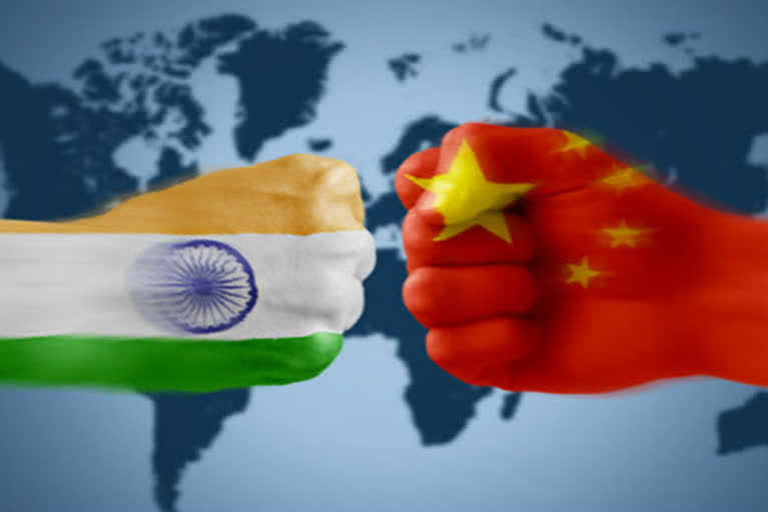Hyderabad: As India China agreed for disengagement after prolonged standoff, many have raised concerns on Line of Actual Control and India's position. According to Retired Lt General HS Panag, the disengagement is happening exactly as per China's 1959 claim line because India has no military capability to alter the situation.
What is the Chinese 1959 claim line on LAC?
The Chinese premier, in his letter dated November 7, 1959, first proposed the Chinese 1959 claim line. The Chinese claim line of 1959 originated with the 1914 Simla Convention, which demarcated McMahon Line that separated Tibet from India. The Chinese never raised any formal opposition to the McMahon Line since the agreement of the Simla Convention on 3 July 1914 until January 1959.
It was first contested in a letter written by Zhou Enlai, the first premier and head of government of the People's Republic of China to then Prime Minister Jawaharlal Nehru. In 1959, Chinese premier Zhou Enlai in a letter to PM Jawaharlal Nehru proposed that the forces of the two countries should withdraw 20 km from the "Mc Mohan Line in the east and from the line up to which each other sides exercises actual control in the West."
Chinese references to 1959 claim line
Specific reference to the 1959 LAC was made in the Chinese declaration of a unilateral ceasefire on November 21, 1962, signalling the end of the 1962 India-China war. Peking Radio announced that “Beginning from December 1, 1962, the Chinese frontier guards will withdraw to 20 km behind the Line of Actual Control which existed between China and India on November 7, 1959."
Despite the Indian Army's major defeat, Nehru refused to accept the Chinese version of the 1959 LAC. In 1963, Nehru had told China there is no sense or meaning in Beijing's offer to withdraw from what it called the LAC.
Later, the rapprochement following PM Rajiv Gandhi's visit to Beijing in 1988 led to a series of border agreements that were preceded by discussions on the alignment of the LAC.
Before the 1993 agreement, the Chinese insisted that they would only respect the 1959 LAC, but after hard negotiations, it was decided to create a group of experts to "advise on the resolution of differences between the two sides on the alignment of the Line of Actual Control. (As described in Shivshankar Menon’s book Choices: Inside the Making of India’s Foreign Policy)
Also read: Sharpen strategies to contain the Dragon
In 1993, the term LAC was used in the India-China agreement on the maintenance of peace and tranquillity in the India-China border areas. But India insisted that the phrase should not be defined as per China's 1959 claim.
By 2003, the process stalled as the Chinese did not show willingness.
China again raised 1959 claim line in 2017 after India China scuffle at banks of Pangong Tso Lake. “China urges India to abide by the provisions of relevant conventions and treaties, earnestly follow the 1959 LAC, strictly restrict the activities of its border troops and faithfully maintain the peace and stability of the boundary areas of the two countries,” as per Chinese statement on August 21, 2017.
During Ladakh standoff in 2020, the Chinese Foreign Ministry in a statement on September 30, said that China-India border is clearly the LAC as per the agreement on November 7, 1959.
India had rejected China’s statement on the 1959 claim line put forth by its then-premier Zhou Enlai. Since Nehru's tenure, India has not yet accepted it.
Also read: PM Modi a coward, ceded Indian land to China: Rahul



